22 Best Practices On How to convert Traffic Into Sales
One of the most common problems that e Commerce businesses face is the difficulty to turn web visitors into customers. No matter how many visitors you get, you must aim to provide them with the best possible experience because every visitor on your site represents an opportunity to make a sale.
Part of the reason it is difficult to turn web visitors into paying customers stems from how people act when shopping online. Let’s take a look at some data. 96 percent of customers leave the shop without making a purchase. People enjoy browsing through products, but they are reluctant to spend their money. 70% of visitors leave their shopping carts without making a purchase, and 49% of visitors need 2-4 visits before purchasing anything.
People are usually cautious when shopping online, regardless of how much the product costs. As a result, you must make your website as ready for converting visitors as possible. In this article, I will share with you the best tips that you can use to convert your website traffic into sales. Let’s jump right into the details!
What Is Website Traffic?

Website traffic is the people who click and view your website or your blog. It is the digital version of shoppers who come into a brick and mortar store. How visitors in both worlds behave are the same; they look at your store and decide where they want to come in, then after they do, they browse your products, and they may leave if they don’t find anything that they need or they may make a purchase if there’s something they’re interested in.
22 Best Practices for Converting Website Traffic Into Sales
1. Build an email list

Once you have traffic coming to your website, you’ll want to be able to connect with potential customers on a regular basis and drive them down the sales funnel. A strong email marketing campaign is the best strategy.
Once you have their email address, send them through a welcome series of emails designed to help the customer learn about, like, and trust your brand. In this point, providing as much value as possible is critical. If you do present them with a sales opportunity in the future, they will be more likely to convert.
2. Optimize Your Sales Funnel

One of the top leading causes of poor website conversion is leakage in your sales funnel. As a result, optimizing your sales funnel for better conversion will significantly change your situation. Here are some tips for optimizing your sales funnel and fixing up leakage:
- Create a conversion target funnel in Google Analytics first. This will assist you in tracking the conversion rate of your website.
- Build a custom landing page for your products.
- A/B test your website elements on a regular basis.
- Improve the look of your CTA buttons. Make them more appealing, clickable, and recognizable.
3. Attract the Right Traffic

One of the reasons you aren’t getting sales is that you’re targeting the wrong audience. Attracting the right people will help you solve this issue. There are a couple of approaches you can take. One is to conduct an analysis of the SEO plan. This will be particularly useful if the majority of your traffic comes from search engines.
Check to see if you’ve been targeting the wrong keywords. So what are the “wrong” keywords? What is the best way to describe them? They are as follows:
- Keywords that have nothing to do with your website. Assume you run a food blog, for example. However, keywords such as “best denim” appear in your pages and URL. That is the incorrect keyword.
- Keywords that are too broad are another problem. As an example, consider the word “shoes.” Someone who enters the question may be searching for sneaker shoes, the best hack for repairing a broken shoe, the description of a shoe, or something else. Avoid using those keywords.
- Keywords with no purchasing content. Consider two fictitious guests, A and B. A discovers a website for shoes by searching for “Nike sneakers.” B does the same thing, but instead of “red Nike sneakers free shipping,” he uses “red Nike sneakers free shipping.” Which of these is most likely to make a purchase? You should already know the answer.
4. Segment Your Traffic

Not all visitors who come to your website are the same. The simple explanation is that everybody is unique. Preferences, hobbies, attitudes, place, profession, language, devices, and other factors are all unique.
As a result, it would be unwise to treat anyone who visits your website the same way. You cannot provide them with the same content or product recommendation. If you do, you will not only have low user interest on your website, but you will also definitely lose the very audience you are attempting to reach.
As a result, the significance of segmenting your audience cannot be overstated. Audience segmentation has many advantages, including:
- Reduced cart abandonment
- Better engagement
- Higher conversion
- Increased customer loyalty
5. Stop landing visitors on your home page
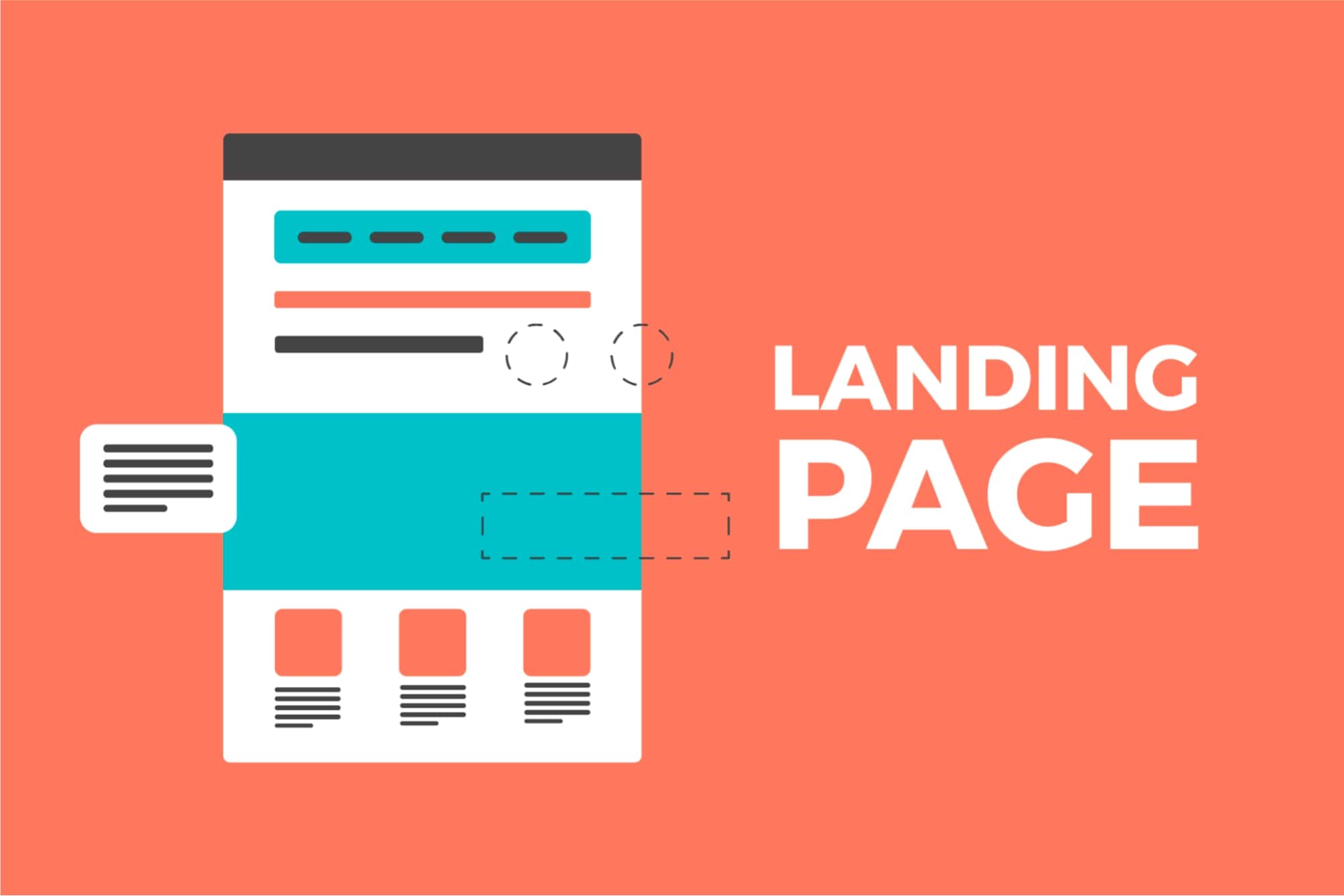
One of the reasons you might not be getting sales despite having a lot of traffic is that you are sending your traffic to your homepage. Assume you want to sell your product by running a Facebook ad. And your aim is to get as many people to purchase the product as possible.
What do you think would happen if you guided Facebook traffic to your homepage rather than the specific product page where you want visitors to land? Sales are down, because visitors don’t see what they clicked your ad for on your home page. It’s that simple. Begin optimizing the sales funnel by guiding visitors to pages that have the most value – rather than generic pages that they may not find useful.
6. Focus on your sales pitch

Are you one of those marketers who fails miserably at writing sales pitches? You should start practicing now because it is only through strong sales copy that you can persuade visitors to take action.
Here are a few tips you can do to make your copies shine:
- Personalize your writing. Write as if you are writing to a friend
- Talk about benefits, not features.
- Less is always more. People don’t have time to read long-winded sales pitches.
If you are attempting to develop your writing skills, you will not be a professional copywriter right away. It will take some time to hone your copywriting abilities. So, keep going.
7. Keep Your Website Design Simple
Keeping things easy is one of the most difficult things in life. That is why you see so many “colorful” websites that are actually difficult to navigate. Keeping the website’s architecture easy helps to enhance the user experience.
And the better the user experience on your website, the more conversions you can acquire. That is self-evident. Of course, you don’t have to be boring just to keep things simple. The trick is to combine simplicity and elegance.
8. Showcase why you’re better than your competitors

When you browse the internet, how many tabs do you usually have open? If you’re like most web users, you’ll probably have 4 to 5. A visitor to your website has most likely viewed four or more other websites before arriving at yours. That means they’ve looked at your competitors and are potentially searching for a better deal.
As a result, your specific selling proposition must stand out. In other words, your traffic needs to see what sets you apart from the competition as soon as possible. If the price is better, allow them to see it without having to scroll too far down. Alternatively, if your free trial is longer than others, make it clear from the start. You will lose customers to your rivals if you fail to do so.
9. Make your website look reliable

Did you know that 86% of your prospective customers would first trust your website before making a purchase? As a result, if the website does not appear genuine and trustworthy, you should not even consider conversions and sales. How do you build credibility for your website?
Knowing what makes it untrustworthy in the first place would help you find answers to that issue, I discovered. So, here are ten factors that make a website look untrustworthy:
- Unsecured connection. (HTTP instead of HTTPs)
- Bogus, unverifiable customer testimonials.
- Old-looking design.
- No money-back guarantee
- Grammar errors spurting all over the place
- You use stock images, especially ones with watermarks
- Unclear shipping information
- Dormant social media account
- No return policy
- No reviews and customer testimonials
If you see any of these errors on your site, it’s time to fix it.
10. Show off customer reviews

Remember the last time you purchased anything from Amazon? Before making a purchase, you most likely looked at what other consumers had to say about the product, right? The same is true with your website. Make your platform appear trustworthy by prominently showing verifiable feedback left by your customers.
11. Display Testimonials
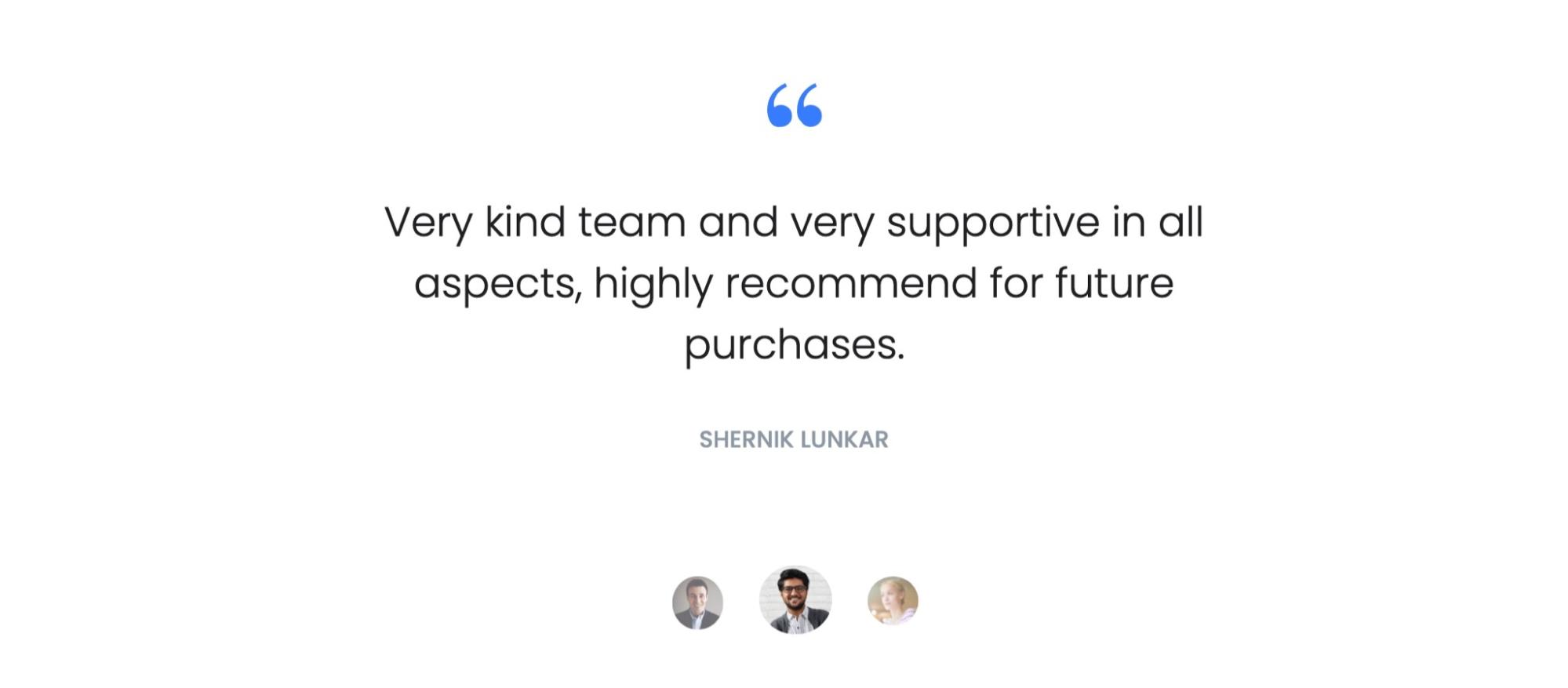
Testimonials, including reviews, are critical for increasing conversions. Here are some fascinating statistics that demonstrate the validity of testimonials:
- If a product is recommended by someone they trust, 92 percent of people are likely to buy it.
- Even if the suggestion comes from someone completely unfamiliar to them, 72 percent would still buy.
- Online testimonials are trusted by 88 percent of web users as much as personal reviews.
- Testimonials increase the likelihood of conversion by 58% for your visitors.
If you have received good reviews from your customers, don’t hesitate to display them on your website.
12. Have A Bold CTA Button
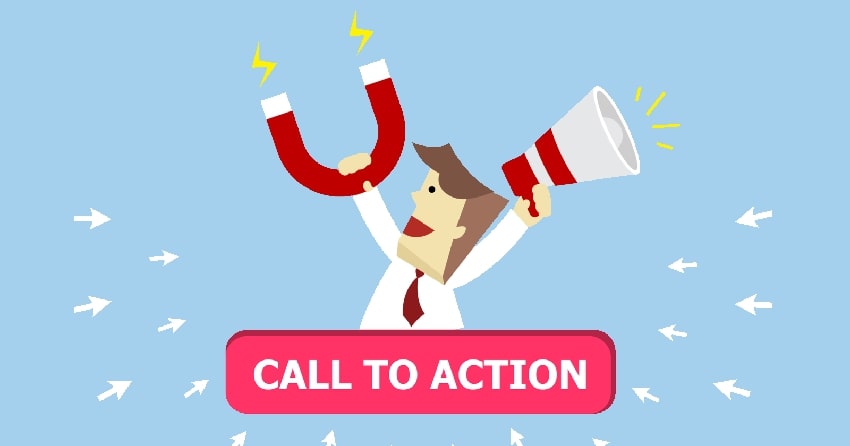
What action do you want your website visitors to take? Do you want them to learn more about your product? Or would you like them to subscribe to your mailing list? Only via a CTA would you be able to tell them. By the way, CTA is an abbreviation for Call-To-Action. You get the idea from the name?
Another thing to consider is that while making an eye-catching CTA is important, it is even more important to place them correctly. They need to be visible enough on your website to be effective, or else they won’t work.
13. Place your CTA at the right place:
Creating an enticing CTA button that encourages clicks is one thing. Another is to position them in places where they will be seen the most. And if you think that putting your it above the fold is all there is to it, think again.
Why? Today’s web users are obsessed with scrolling. When they arrive at your website, they will instinctively scroll down the list. As a result, putting your CTA buttons at random locations on your website will help make them more accessible and, as a result, increase your conversion rate.
14. Give Freebies
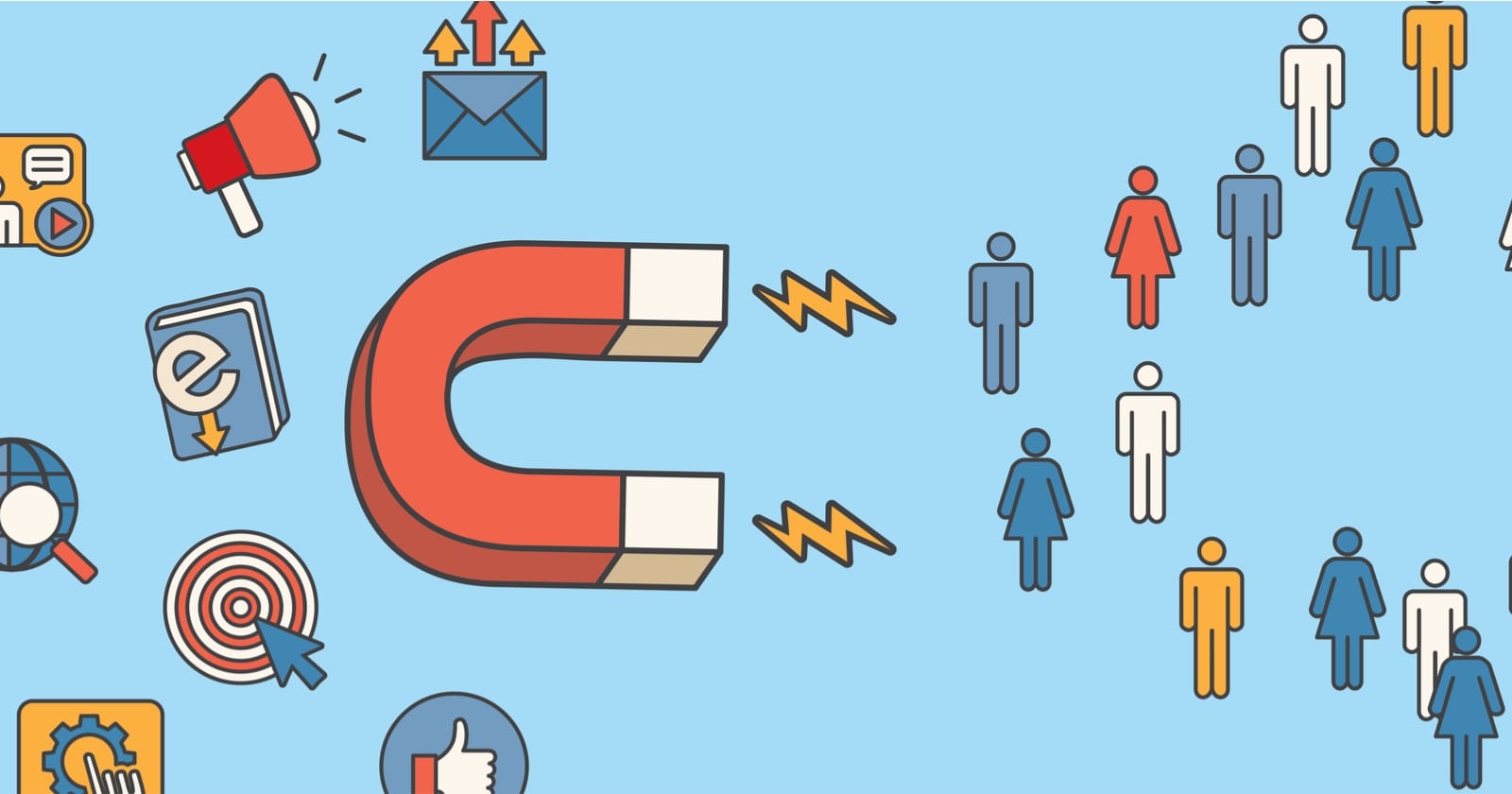
It’s simple to ask people to join your mailing list, create an account, download your app, or make a purchase on your website. The real work is in giving them a reason to do so. Enjoying optimal conversion would be a pipe dream before you answer the “why should I care” question bubbling in the minds of your guests.
Here’s where freebie marketing comes in. Enticing people with freebies is an age-old marketing tactic that is still effective today. So, what kind of freebies can you offer? Here are some examples:
- Free shipping
- Free trial
- Free download
- Free templates
- Free consultation
- Discounts and coupons
The freebies that you offer, as a rule of thumb, should be valuable. Otherwise no one will want them.
15. Recommend relevant products
In addition to segmenting your audience, you can personalize your web visitors’ experiences by incorporating product reviews into your website. Product recommendation, as the name suggests, entails recommending items – or content – to traffic that they would most certainly find useful – and beneficial. You’ve already seen product reviews in action a few times. Here’s an example from Amazon:

And did you know that product reviews account for 35% of Amazon’s sales? This is unequivocal proof that product recommendations function. Your profits would skyrocket if you recommend items that best fit your visitors’ needs and tastes.
16. Use Popups to acquire leads
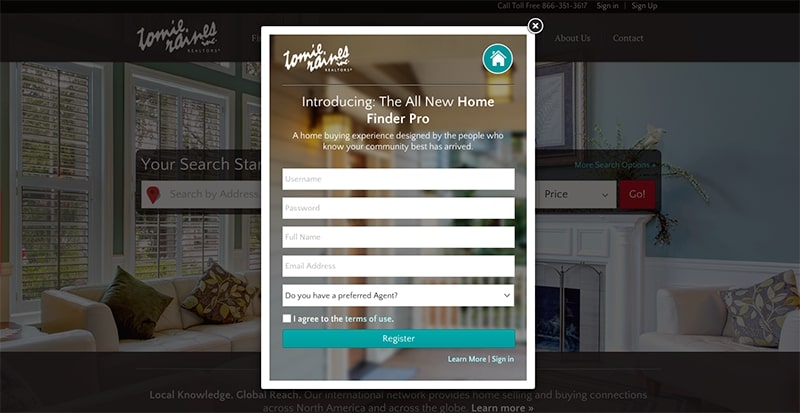
One reason you’re getting clicks but no conversions is because your traffic isn’t seeing your deals. Not that they are blind, but your banner ads can be not attention-grabbing enough
In this case, you can use pop-ups instead of banners to fight banner blindness and improve leads, conversions, and sales. You can also create your own custom triggers for your pop-ups. For example, a pop-up will appear only after the visitor has been browsing for 20s.
17. Have loyalty programs

Retaining old clients and keeping them satisfied is often preferable to seeking out new opportunities, since it costs five times more to attract a new customer than it does to keep an existing one. Furthermore, by growing your customer retention activities by 5%, you will raise your profit by 25%.
Rewarding your loyal customers is a simple way to keep them and therefore increase your profits. Free product previews, coupons, discounts, free delivery, redeemable bonus points, cash backs, and many other benefits are accessible. There are perks that you can incorporate into your loyalty program.
18. Offer Money Back Guarantee

If done correctly, providing a money-back guarantee will really help your business grow. When you do this, you are laying the groundwork for future customers to trust you. It also helps to reduce, if not remove, the inherent fear and hesitation that your web visitors will experience while looking to make a purchase from you.
19. Use Exit Pop-ups
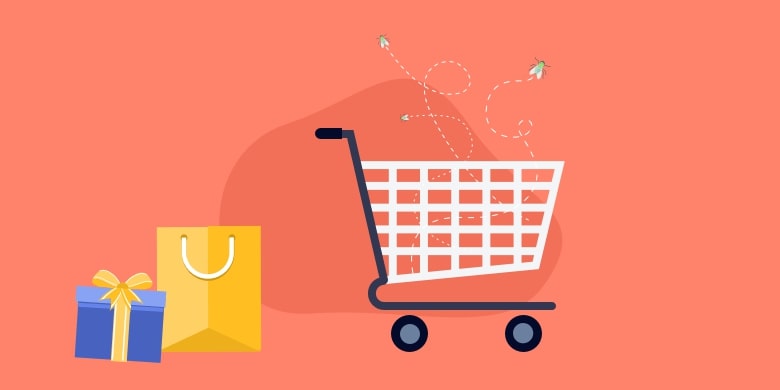
When confronted with an unpleasant circumstance, our normal human instinct is to flee. This could clarify why visitors leave your website as soon as they arrive.
A variety of reasons may be to blame for the abandonment: maybe they couldn’t find what they were searching for quickly. Perhaps your website’s user experience isn’t appealing enough. There are just so many potential explanations. But that isn’t really our problem. What you should really be concerned about is catching those wandering visitors.
Exit-intent popups come in handy in this situation. Exit-intent popups, as the name implies, are designed to help you catch the attention of those who are leaving.
They are usually shown automatically when a visitor moves to leave your website. You may use exit-intent popups to:
- Encourage visitors to complete their checkout. This will help lower your cart abandonment.
- Increase the size of your email list in order to gain further leads.
- Request that users participate in a survey.
- Encourage users to contact you.
- Offers, discounts, and lead magnets should be used whenever possible.
20. Use Live Chat
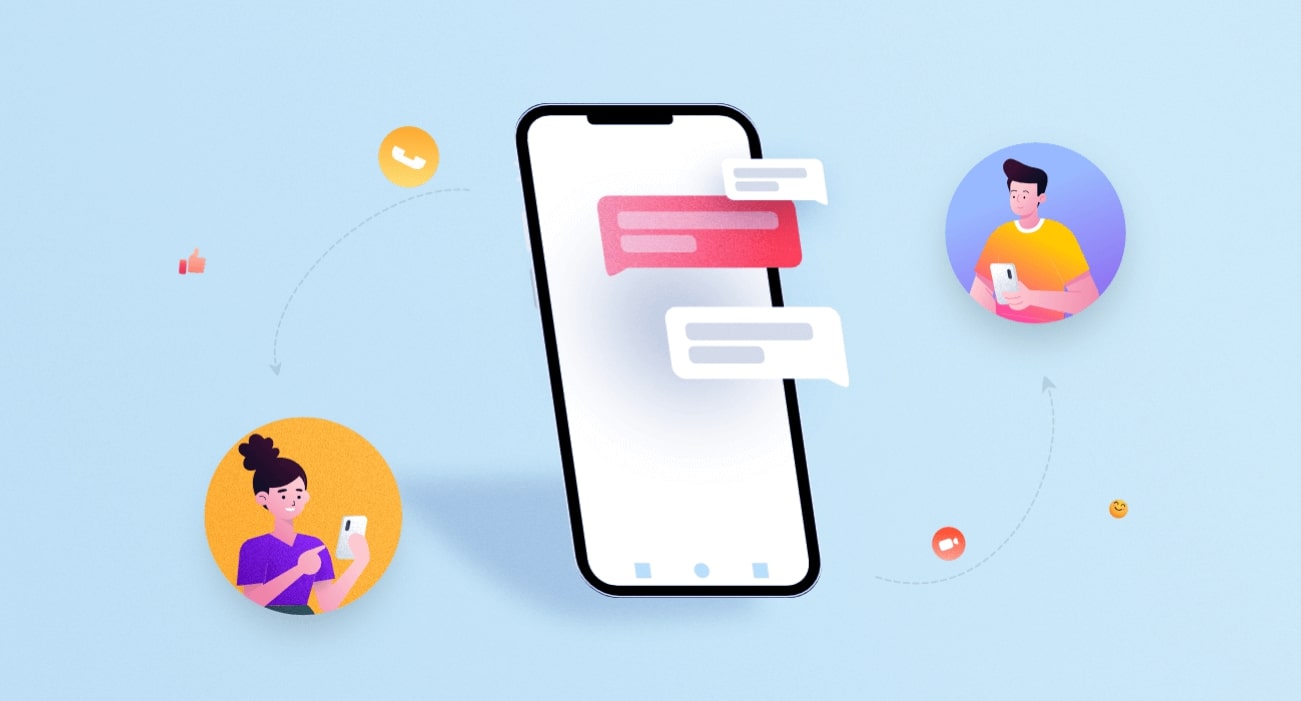
How would you feel if you arrived at a website only to find there was no way to reach whoever is running it? Perhaps the only way to do that is through a tedious communication form. Isn’t it frustrating?
That is exactly how your web visitors would feel if they are unable to contact you quickly. And as a result of their dissatisfaction, they are forced to abandon your website. By adding a live chat feature to your website, you can tackle this issue and, as a result, improve customer experience.
21. Track results

Following all of the steps shared so far, the next step appears to be determining what works for you and what does not. You’ll need a way to monitor your conversion for this to happen. And no tool is better suited for the job than Google Analytics.
With Google Analytics, you will gain first-hand knowledge of critical data required to effectively monitor conversions. You will use this data to make thoughtful, educated decisions on how to maximize your conversion. Google has a comprehensive tutorial you can use to set up conversion monitoring on your website.
22. A/B Test Your Ideas
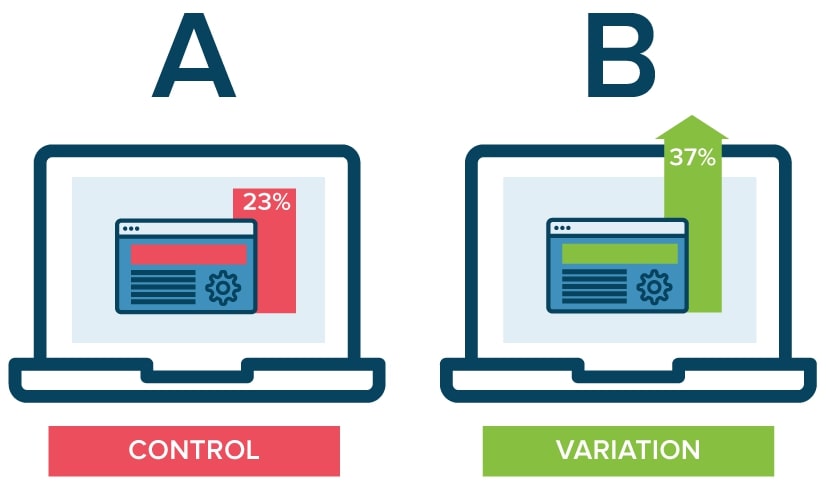
No matter how hard you try, not every hack in this article will work. You might also pursue an entirely different strategy not discussed here and still not see noticeable results. Or maybe you’ll see something, but it won’t be what you’re expecting.
Don’t beat yourself up if this happens; it’s not your fault; it’s just the way things are. As a result, you must continue to A/B test your ideas. When you A/B test, you try various ideas at the same time before you find out which one works best.
For instance, if you’ve found that exit-intent popups aren’t working for you, try a gamified popup instead. Of course, A/B research takes time and effort, but it still pays off in the end.
Final words
That’s it! I hope this article has provided you with valuable tips about how to convert traffic into sales. Please feel free to leave comments below for further discussion on this topic!
New Posts

How To Set Up Google Analytics 4 For Your BigCommerce Store






